
Kino Lorber
Being no stranger to genre fans, filmmaker Eric Red is perhaps most well-known for his writing credits, having penned the script for the profoundly unsettling 1986 horror gem The Hitcher, and having a co-writing credit on Kathryn Bigelow’s grungy 1987 vampire classic Near Dark.
After directing the 1988 hitman thriller Cohen and Tate, Red wanted to direct a horror feature of his own, and he found potential in Pierre Boileau and Thomas Narcejac’s 1968 novel Choice Cuts, which Red would adapt into 1991’s Body Parts.
Following criminal psychologist Bill Chrushank (Jeff Fahey) after he loses his right arm in a car accident, Bill appears to be making a miraculous recovery after having a donor arm transplanted in an experimental surgery.
However, as Bill’s recovery progresses and he settles back into his daily routines, his demeanor begins to change, and after he learns who the donor arm came from, things only get worse and weirder.
As the film progresses, it moves from the horror of reckoning with a significant injury into psychological horror territory when the origin of the donor arm is revealed, before exploding into full-blown abstract psychological horror with a healthy helping of body horror in the film’s third act.
Showcasing a compelling mix of engaging storytelling, solid special effects, and expert stunt work, the film overwhelmingly manages to balance all these elements well, allowing the viewer to suspend their disbelief more easily than one would expect with such an increasingly outlandish story at hand.
Red once again showcases his skills as a writer with how effortlessly he manages to segue from one horror sub-genre to another, ensuring that the narrative smoothly escalates from a fairly grounded starting point before reaching a bonkers crescendo of sci-fi horror.
Always a joy to watch, Fahey delivers one of the best performances of his career, perfectly balancing the escalating turns of Bill as the nature of the plot comes to light, achieving a difficult balance that brings his character to life in a manner that easily keeps the viewer invested in his plight from start to finish.
While Body Parts may not be the goriest body horror ever made, it nonetheless has several memorable moments, but it is not the body horror in and of itself that ensures the film makes an impact.
Instead, it is rather the quality of the stunt work and how it intertwines with the body horror that is significant; thanks to the expertise evident from the stunts, the body horror is presented in a way where the emphasis is on physicality over shock value, which is what gives the film its visceral quality, steering it away from becoming needlessly schlocky.
Extras include deleted footage, interviews, stills, tv spots and trailer.
Some may find the route Body Parts takes a bit too farfetched, however, the fact remains that this cult classic has an ever-growing fanbase for a reason, and whether you are a discovering it for the first time or revisiting an old favorite, it makes for an engaging watch with a distinct identity of its own.




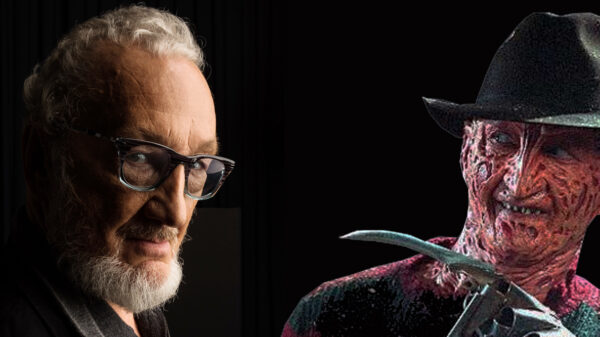





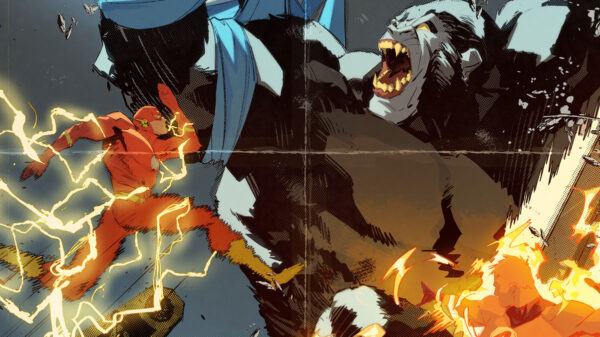
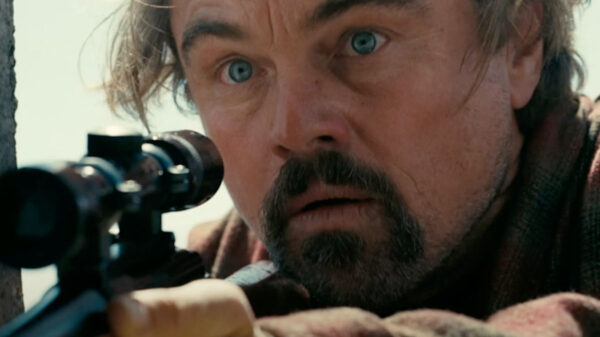

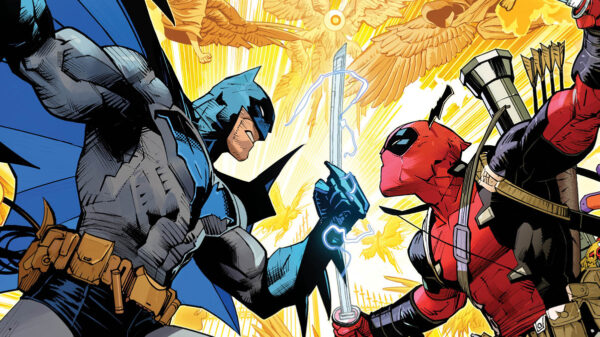






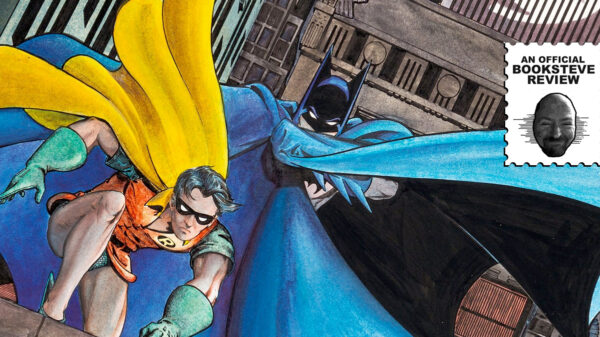
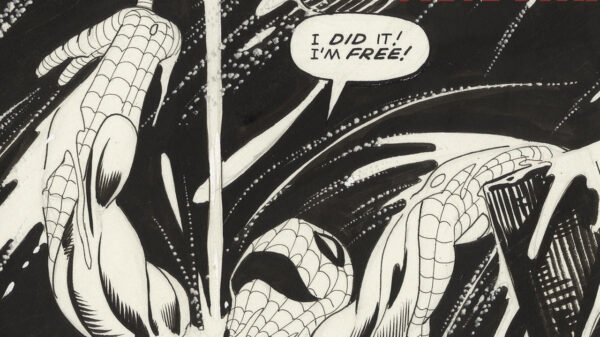
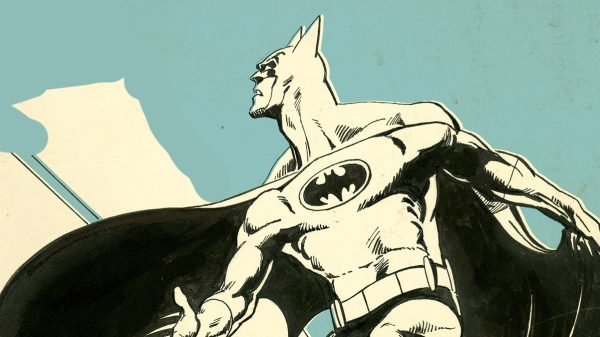

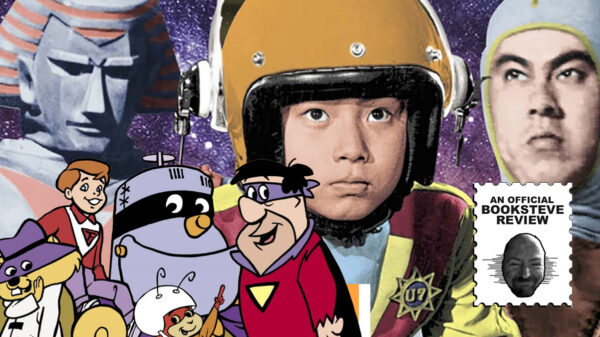


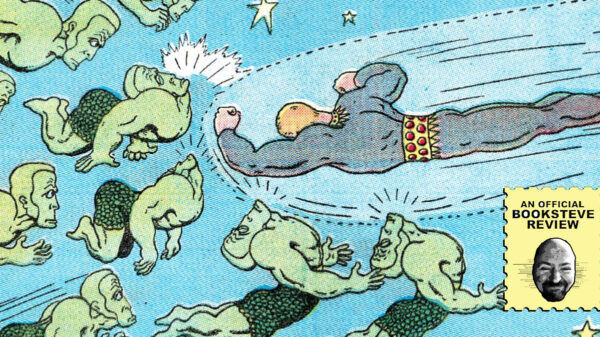
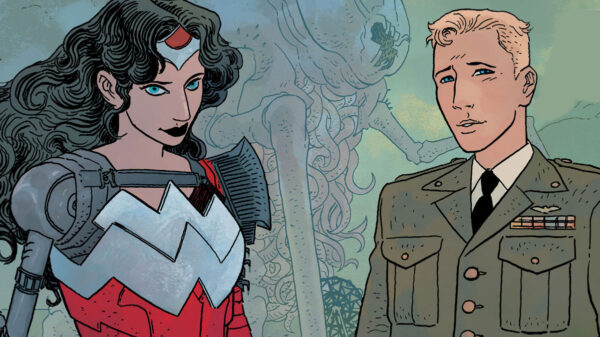










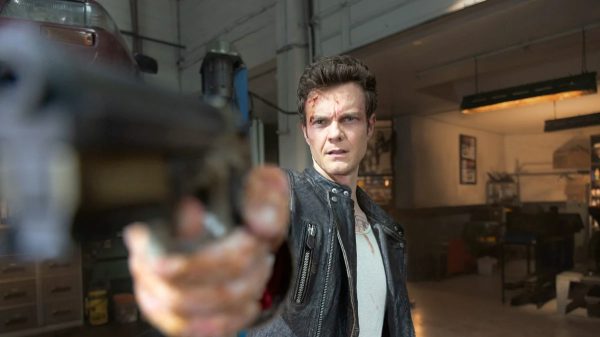
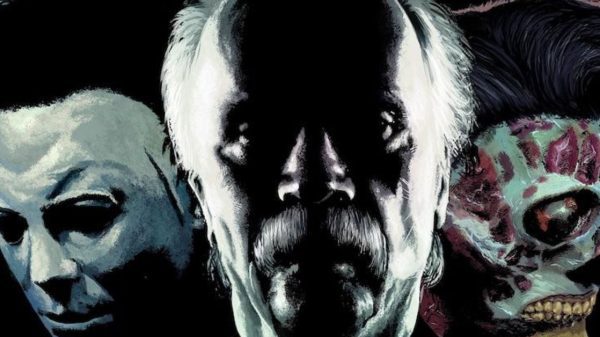
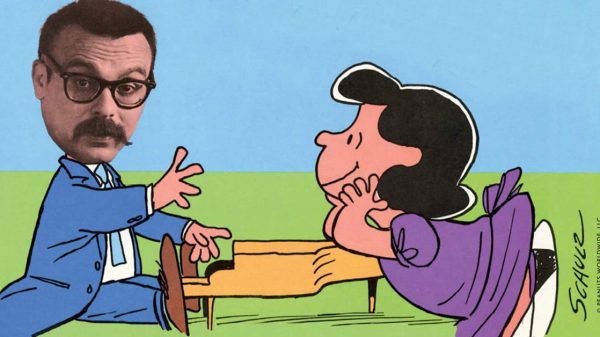















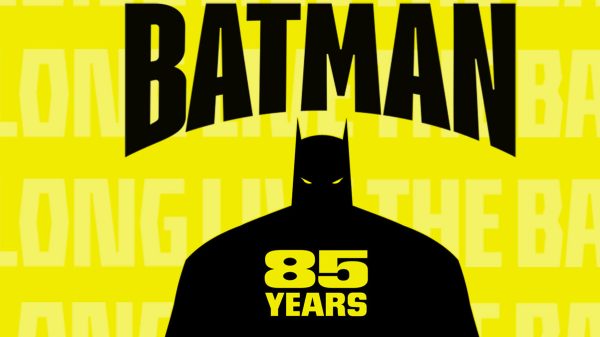









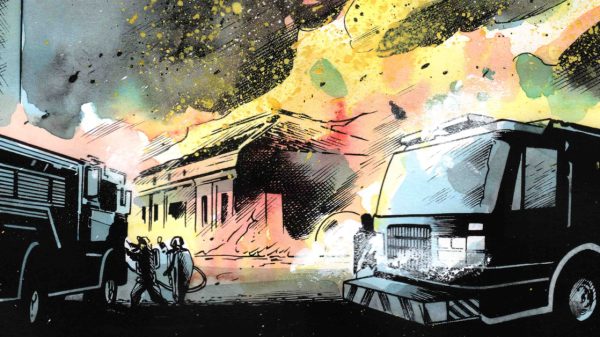














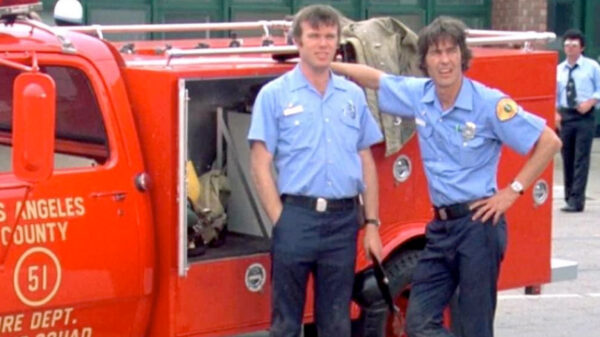
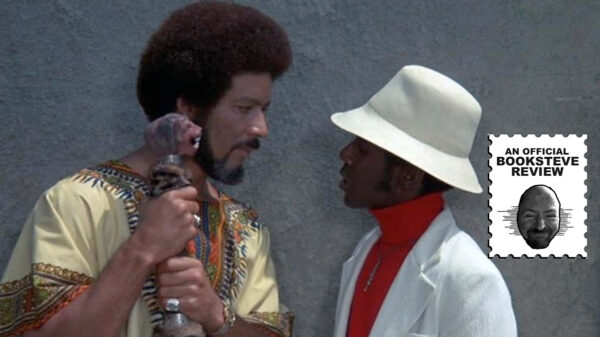
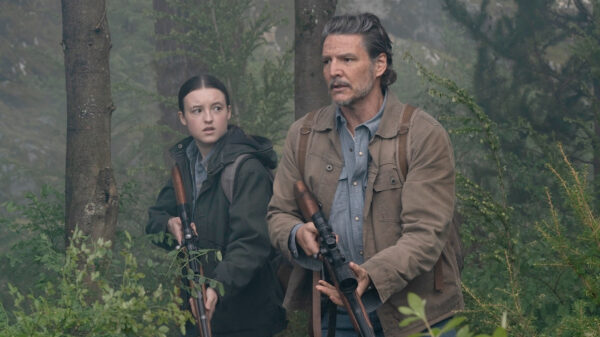












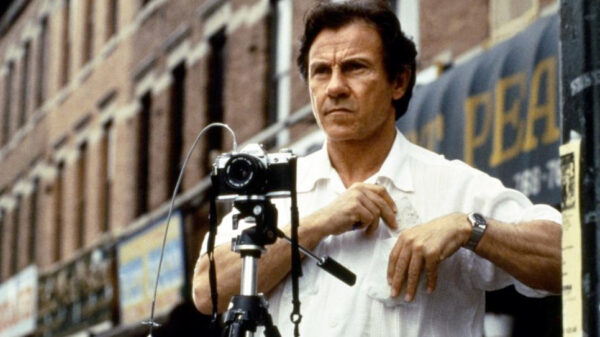
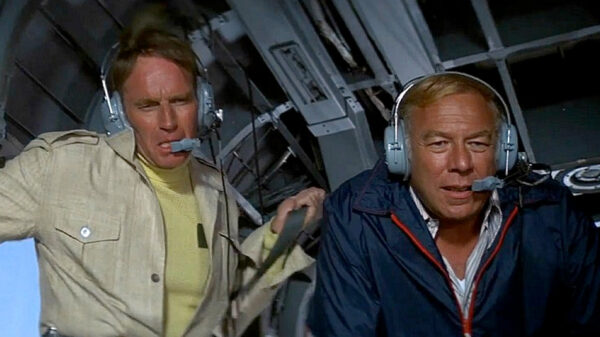




You must be logged in to post a comment Login